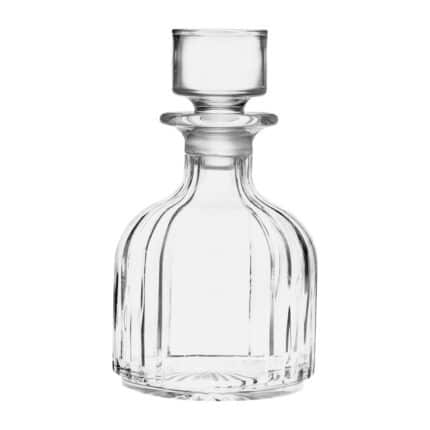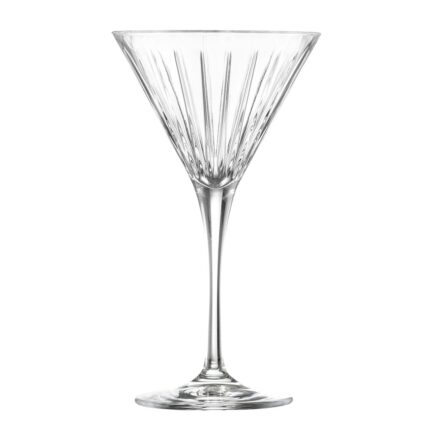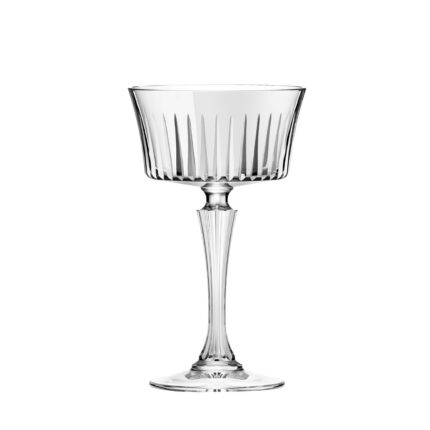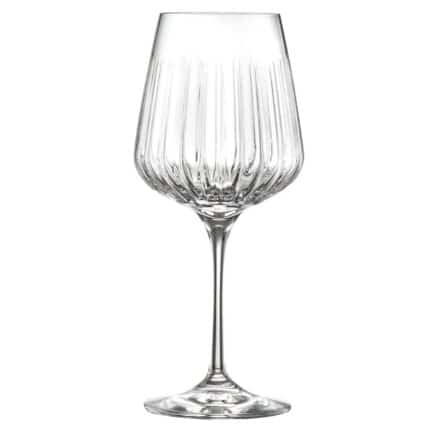Showing the single result
Price
Brand
- Abert (1)
Pack Size
- 12 (1)
Product categories
- Drip Trays & Accessories
- Food & Drink Consumables
- Menu Covers, Menu Holders & Table Display
- Hotel & Leisure Products & Supplies
- Tableware
- Front of House
- Barware
- Appliances
- Kitchen
- Cleaning & Washroom
- Furniture
- Mini Shops
- Christmas Shop
- Spares & Accessories
YOU MAY ALSO LIKE…
-

£92.99Original price was: £92.99.£82.80Current price is: £82.80. ex VAT -

£79.99Original price was: £79.99.£70.84Current price is: £70.84. ex VAT -

£86.99Original price was: £86.99.£77.28Current price is: £77.28. ex VAT -

£78.99Original price was: £78.99.£69.92Current price is: £69.92. ex VAT
Essential Steak Knives and Forks: The Perfect Compliment To Luxury Steaks
Our steak knives and forks are indispensable equipment for any kitchen or restaurant, made to cut through thick steaks and meats with ease and smoothness. These utensils are perfect for steakhouses, restaurants, and catering services since they are made with accuracy and durability, guaranteeing a seamless dining experience.
Steak knives and forks are designed to enhance your steak-eating experience from customers to chefs these steak knives aid preparation and execution.
Abert Angus Steak Knives
SKU:
GC651
Availability: Next Working Day
Pack Size 12
230(L)mm, serrated blade
230(L)mm, serrated blade
What are the different types of Steak Knives and Forks?
Steak knives and forks come in various styles and designs, each catering to different preferences and needs. Here are some of the common types:
1. Traditional Steak Knives
Blade Type: Typically have a straight edge or a serrated blade.
Purpose: Ideal for cutting through steak and other meats, offering precision and control.
Handle Materials: Wood, plastic, or metal handles are common, each providing a different level of comfort and grip.
2. Serrated Steak Knives
Blade Type: Feature a serrated edge, making it easier to cut through tougher cuts of meat.
Purpose: Best for steak lovers who prefer cutting through their meat with minimal effort.
Handle Materials: Commonly available with ergonomic handles for a secure grip.
3. Non-Serrated Steak Knives
Blade Type: Have a smooth, straight edge for a clean, precise cut.
Purpose: Preferred by those who want a finer cut, though they may require more effort when cutting through tougher meat.
Handle Materials: Often made of premium wood or stainless steel for durability.
4. Steak Forks
Design: Steak forks have longer tines and are typically thinner than regular dinner forks, making them perfect for holding meat while cutting.
Purpose: Often paired with steak knives, they help stabilize the meat for easy cutting.
Handle Materials: Available in similar materials as steak knives, such as stainless steel, wood, or plastic.
5. Carving Steak Knives
Blade Type: These knives are longer with a slightly curved blade for precise carving.
Purpose: Ideal for slicing large cuts of meat into manageable pieces.
Handle Materials: Often have a comfortable grip, as they are used for longer slicing tasks.
6. Heavy-Duty Steak Knives
Blade Type: Typically thicker and sturdier than regular steak knives, these are designed for tough, thicker steaks.
Purpose: Perfect for handling larger, tougher cuts of meat without bending or warping.
Handle Materials: Usually feature robust handles for a firm grip, often made from materials like wood, plastic, or stainless steel.
7. Luxury Steak Knives and Forks
Design: High-end steak knives and forks made with fine materials like Damascus steel, carbon fiber, or bone.
Purpose: Designed for special occasions, these knives and forks offer a more refined, elegant dining experience.
Handle Materials: Luxurious materials such as polished wood, bone, or rare metals are used to create a premium look and feel.
Each type of steak knife and fork is designed to enhance the dining experience, whether you need something for everyday use, a special occasion, or durability for heavy-duty tasks.
Why are serrated edges the most popular?
Efficient Cutting through Tough Meat: The serrated edge easily slices through tough cuts of meat, including steak, with minimal effort, making it perfect for meats with a firmer texture.
Longer Lasting Sharpness: Serrated knives stay sharp longer than non-serrated knives, requiring less frequent sharpening, which makes them low-maintenance and more durable.
Minimal Effort for Precise Cuts: The serrations allow for smooth, precise cuts with less pressure, providing guests with a comfortable and effortless cutting experience.
Versatility: Serrated knives can handle a wide range of foods, not just steak, making them a versatile tool for different dining settings and occasions.
What is the best Steak knife material?
The type of material used for the blade and handle can affect the quality and durability of your steak knives and forks. Stainless steel is the most common material for blades, as it is durable and resistant to rust and corrosion. For handles, you can choose from various materials, including wood, plastic, and stainless steel. Wooden handles offer a traditional look and feel, while plastic handles are lightweight. Stainless steel handles are durable and resistant to rust, making them a popular choice for high-end steak knives and forks.
Factors to consider when buying a Steak knife
Are they dishwasher-safe?
If you prefer the convenience of using a dishwasher, look for steak knives and forks that are dishwasher-safe. Our stainless steel blades and plastic handles are safe, but wooden handles should be hand washed and dried immediately to prevent damage.
Balance Quality and Price
Good quality steak knife sets, and forks can be an investment, but you don't need to break the bank to find a great set. Be sure to watch our website for frequent deals on high-quality steak knives and forks that balance durability, design, and affordability.
Why order from Smart Hospitality Supplies
We understand the specific needs of the hospitality industry and offer stock that is built to last, withstand heavy usage, and require minimal maintenance.


